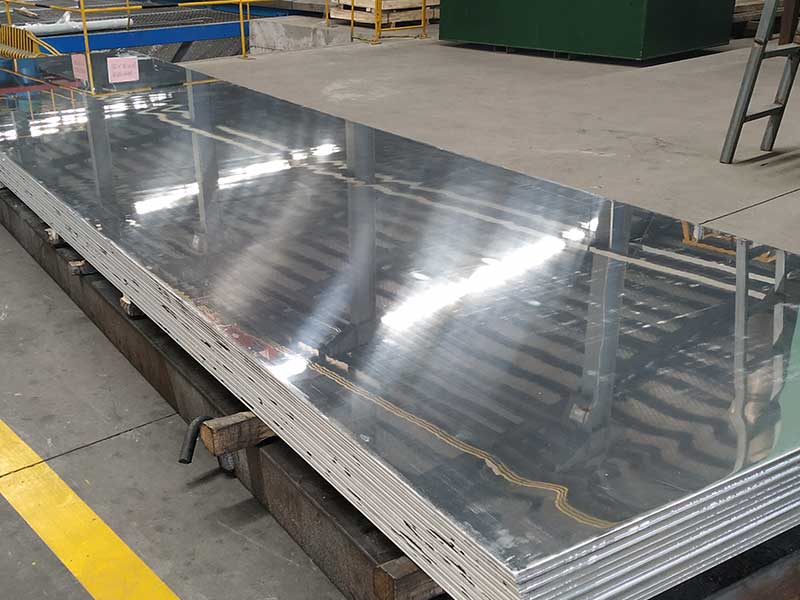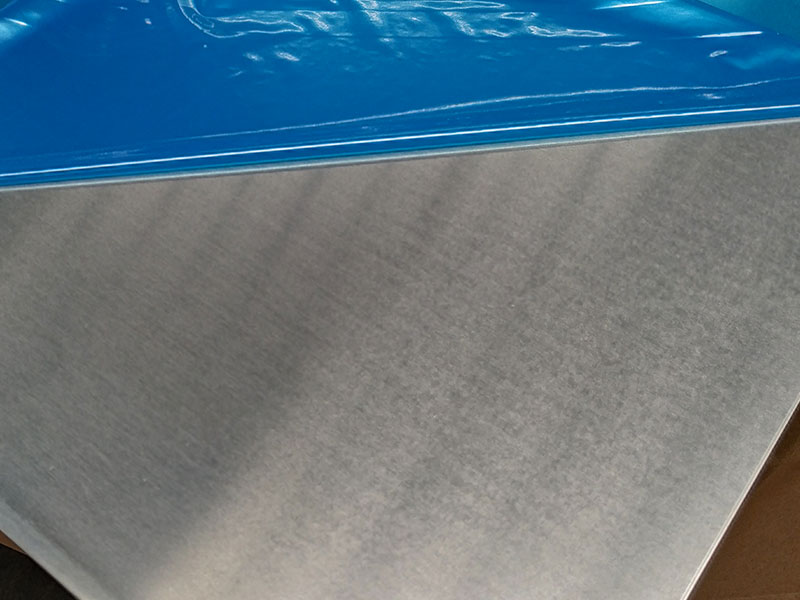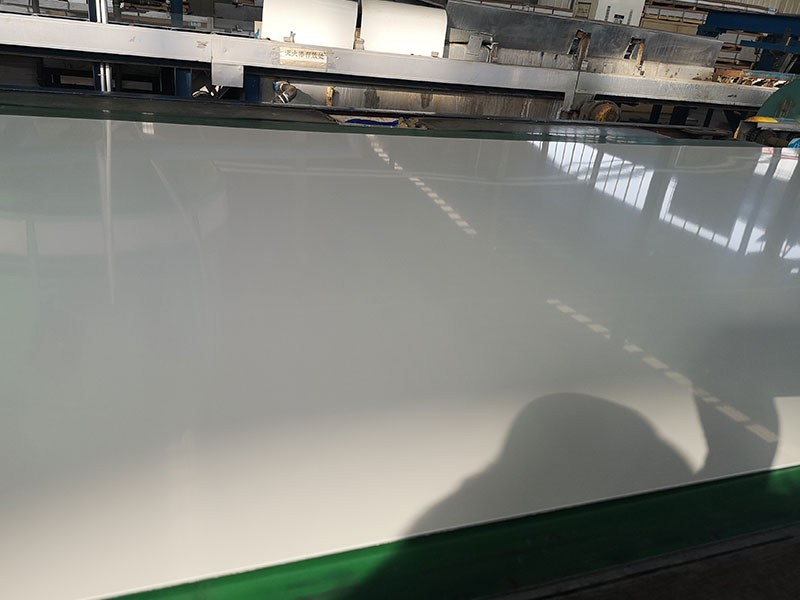Aluminum Sheet 5754 H111
Aluminum alloy sheets have garnered a substantial following across industries due to their lightweight and robust properties. Among them, the Aluminum Sheet 5754 H111 grade stands out for its versatility and durability.
Aluminum 5754 belongs to the 5000 series of alloys, characterized by their excellent corrosion resistance, high strength, and good weldability. What makes its H111 temper special is the treatment it undergoes. H111 indicates that the aluminum has been non-heat treated after the cold working process and has solidified at least partially in a wrought form.
Chemical Properties
Here’s a quick reference to the chemical properties of 5754 H111 that make it an ideal candidate across various applications:
| Element | Composition Range (%) |
|---|---|
| Aluminum (Al) | Balance |
| Magnesium (Mg) | 3.0 - 4.5 |
| Manganese (Mn) | 0.40 - 0.70 |
| Chromium (Cr) | 0.05 - 0.25 |
| Copper (Cu) | 0.1 Max |
| Iron (Fe) | 0.4 Max |
| Silicon (Si) | 0.4 Max |
| Zinc (Zn) | 0.25 Max |
| Titanium (Ti) | 0.1 Max |
Unique Characteristics of 5754 H111
In relation to other aluminum alloys, the properties that are most notable for 5754 H111 includes:
- Enhanced Resistance to Corrosion: Excellent resilience in marine and industrial environments.
- Good Weldability: Compatible with most alloy welding techniques.
- Strength-to-Weight Ratio: Higher tensile applications as compared to conventional steel.
- Malleability: Ideal for applications needing tight tolerances and complex designs.
Functionality and Applications
Now consider the interplay between its characteristics and the possible applications it is suited for:
1. Marine Environment Applications
With notable resistance to seawater corrosion, Aluminum Sheet 5754 H111 finds applications in shipbuilding and marine engineering, making it particularly suitable for hull structures and decks.
2. Automotive Industry Uses
The automotive industry heavily leans on H111 temper sheets due to their lightweight that augments fuel efficiency. Components like body panels, acoustic shields, and other structural members leverage what 5754 H111 brings to the table.
3. Architectural Features
Primarily favored in building projects, this specific alloy offers the functionality needed for façade panels, roofs, and structural assemblies. Its sheen and aesthetics complement contemporary architectural designs while providing durability.
4. Electrical and Electronics Component
The conductivity and light weight make 5754 useful for various electrical and electronic components like heat sinks and shrouds in appliances, castings, and more.
Processing Techniques
The implementation standards largely depend on the end application requirements. Besides standard manufacturing processes like laser cutting and rolling, common techniques also involve:
- Bending: For architectural applications
- Welding: Strength capacity increases prognosis for critical sections in automotive designs
- Coating and Painting: In alignment with artistic wants or base protection.
Comparison Chart: Temper Variations of 5754
While evaluating 5754 variants, knowing the differences matters for selecting the right material:
| Alloy Type | Property Evidence |
|---|---|
| 5754 H111 | Non-heat treated with good formability that increases mechanical properties while decreasing ductility versus ‘H32’ |
| 5754 O | Annealed condition offering superior ductility but lower strength |
| 5754 H32 | Heat treated variant, increases elasticity beneficial to critical load scenarios |
Parallels with Standards and Implementation
5400/26, Euronorm EN 573, and ISO 14284 stand as essential benchmarks when including 5754 H111 within any design criteria. Confirming an alloy agreement across countries streamlines cross-border operations.
The pervious standing qualities require significant testing post all treatments to assure quality matches implementation norms.
https://www.aluminumplate.net/a/aluminum-sheet-5754-h111.html







